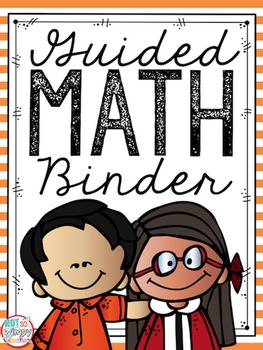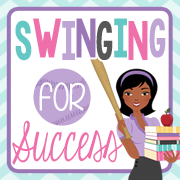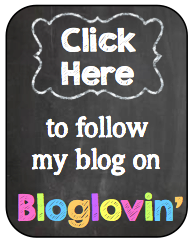This week we're looking at Chapter 3 which is all about Pre-A and Emergent Guided Reading. Our host for this chapter is Pam from Mrs. P's Specialties. Make sure you stop by her blog to check out a freebie that you can use with this level of guided reading.
On a side note, I just looked at my post from last week and realize that my thoughts weren't actually posted, just the questions...so sorry! I've fixed that and would love for you to check it out HERE. I have a freebie you can use to help assess during guided reading.
Now on to chapter 3!
1. What part of the reading caught your attention? The actual lesson breakdown. I love that Richardson breaks down the actual structure of the lesson and gives you a template you can use. She also has a 10 minute lesson for individual instruction which is great if you have a student that doesn't fit into any of your other groups. I also love the guided writing component, especially for this level.
2. How do you already incorporate this into your guided reading routine? I used the template that Richardson outlines for individual instruction with my one emergent reader last year. I loved that I was able to tailor my teacher to her and because it was only 10 minutes, I met with her 4 times a week.
3. What is something new you want to try next year? How do you want to make your guided reading time better or what new things to do you want to try? I plan to take the word work component out of my guided reading lessons in order to use Words Their Way and differentiate with that. I'm looking to trim my guided reading lessons closer to 15 minutes (I went to a Balanced Literacy training last week and that was one of the topics).
4. What are some resources that you already have that you can use to teach what you read about in this chapter/section? I found this free template from Grace at First Grade's a Hoot. I used them when planning guided reading lessons last year and the best part is...they're free and they are perfectly aligned to Richardson's outline! You can get them HERE!
Make sure to check out everyone's thoughts on this chapter. How do you teach guided reading to the Pre-A and Emergent levels?






















































